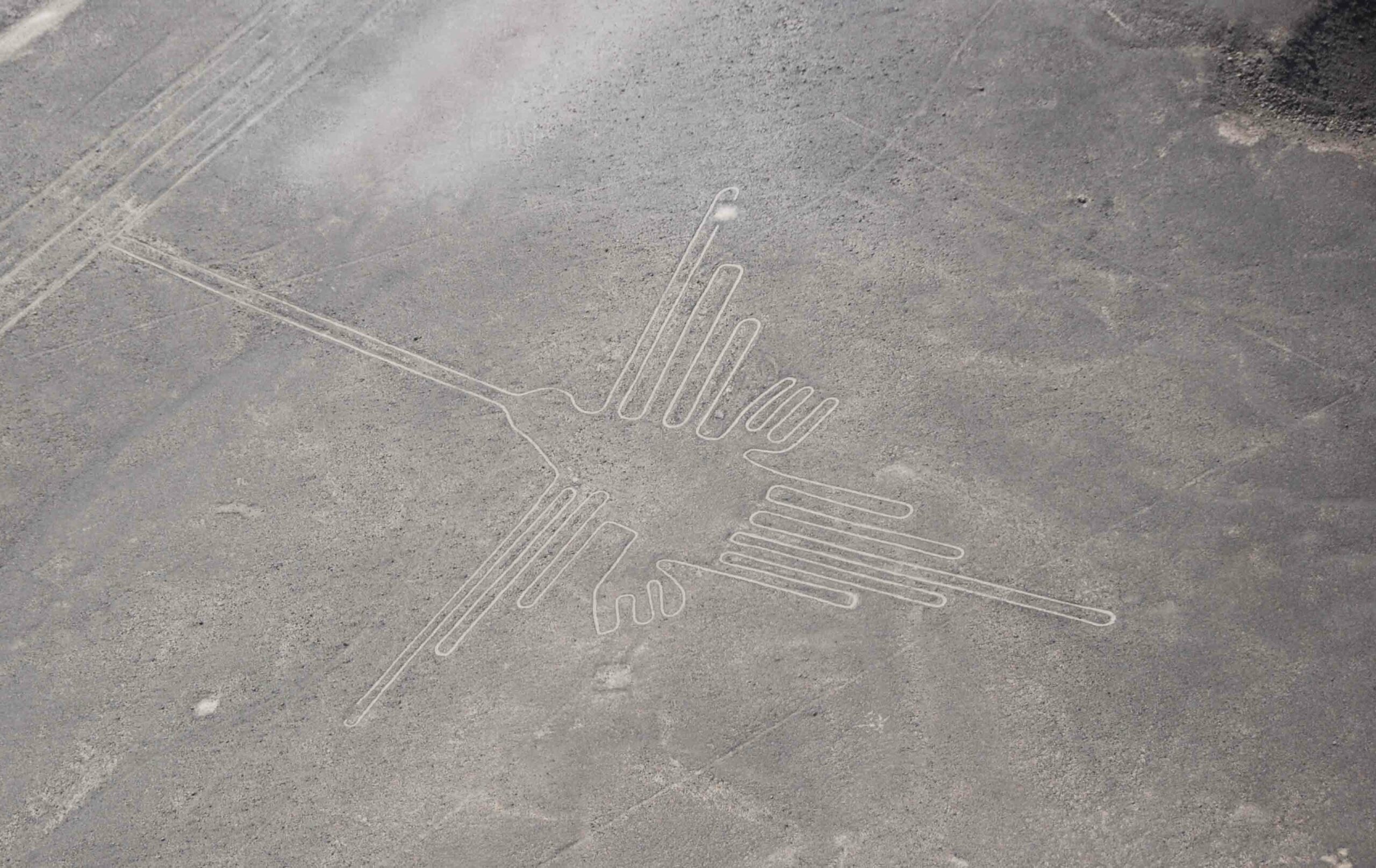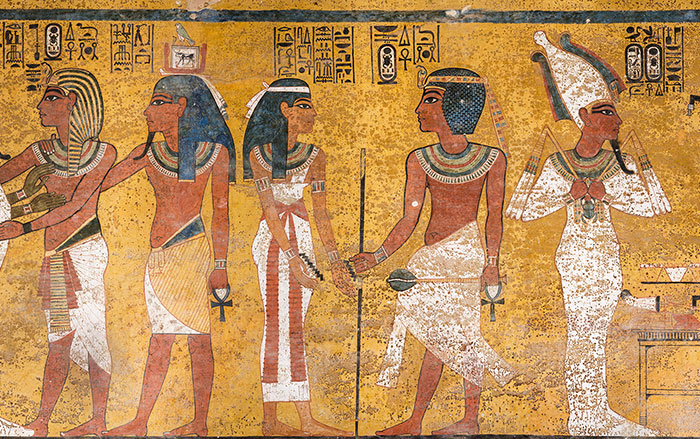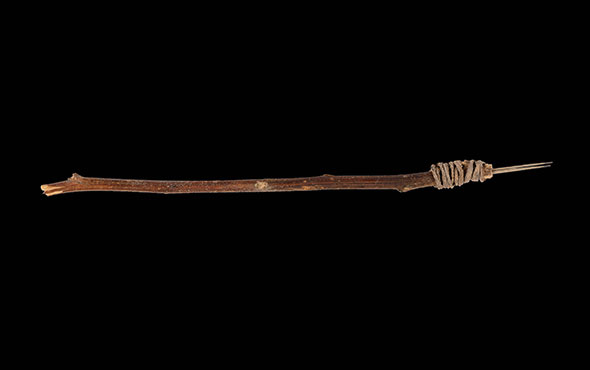
SAPPORO, JAPAN—Zooarchaeologist Masaki Eda of Hokkaido University Museum and his colleagues studied anatomical characteristics such as the size and shape of beaks, heads, necks, bodies, wings, tails, and feet of 16 bird figures etched in the ground in Peru’s southern desert, and believe they have identified three different living species, according to a Live Science report. Eda said the famous Nazca hummingbird glyph actually depicts a hermit—a type of hummingbird that lives in the tropics and subtropics of northern and eastern Peru. The two other glyphs that were possibly identified represent a pelican and a guano bird, which would have lived on the coast, he added. Both of these species produce huge amounts of droppings, or guano, which is an excellent fertilizer. Eda now wants to examine birds depicted at Nazca temple sites and on Nazca ceramics. “I believe that the motifs of the animal geoglyphs are closely related to the purpose [of] why they were etched,” he said. To read about a well-known European geoglyph, go to “White Horse of the Sun.”











